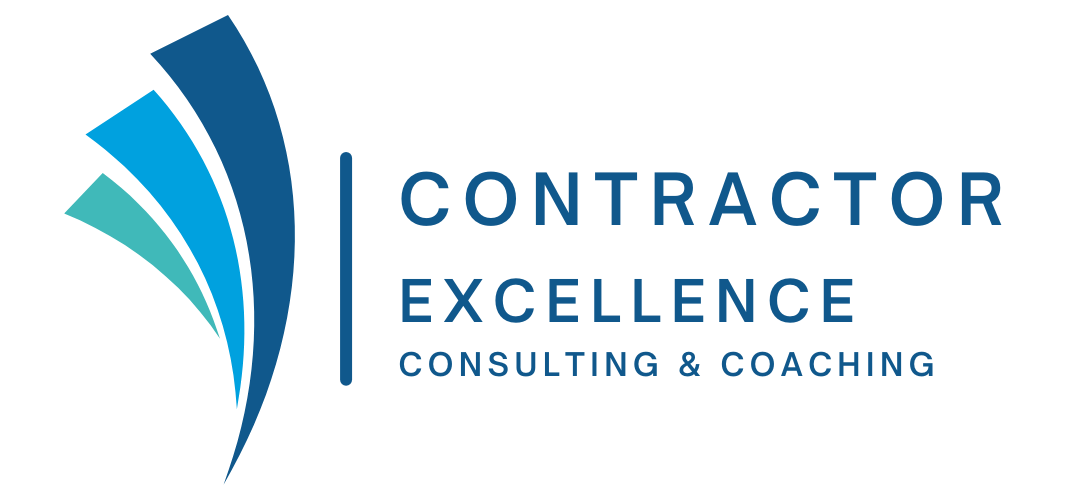Understanding the Chart of Accounts
Building a Solid Foundation: Understanding and Creating Your Chart of Accounts
As a small business owner in the home services trades – whether you're a plumber, electrician, HVAC technician, landscaper, or offer any other essential service – you're likely focused on providing top-notch work for your clients. While your expertise lies in your trade, a strong understanding of your business's finances is equally crucial for long-term success. And at the heart of your financial system lies a fundamental tool: the Chart of Accounts (COA).
Think of your Chart of Accounts as a detailed roadmap of all the financial elements within your business. It's a comprehensive list of every account you use to categorize your financial transactions. Without a well-defined COA, your financial data can become a jumbled mess, making it difficult to understand your profitability, track expenses, and make informed business decisions.
Why is a Chart of Accounts Essential for Your Home Services Business?
A well-designed COA offers numerous benefits tailored to the unique aspects of the home services industry:
- Organized Record Keeping: It provides a standardized framework for recording all financial transactions, ensuring consistency and accuracy.
- Clear Financial Reporting: It allows you to generate meaningful financial statements like the Profit and Loss (Income) Statement and the Balance Sheet, which are vital for understanding your business's performance and financial position.
- Effective Expense Tracking: You can easily monitor specific types of expenses relevant to your trade, such as fuel costs, material costs for different job types, subcontractor fees, and equipment maintenance.
- Improved Budgeting: By understanding your historical income and expenses through a well-categorized COA, you can create more accurate and effective budgets for the future.
- Simplified Tax Preparation: A clear COA makes it easier to organize your financial information for tax purposes, potentially saving you time and money.
- Better Decision-Making: With organized financial data, you can make informed decisions about pricing, resource allocation, and business growth strategies.
- Performance Analysis: You can track the profitability of different service offerings or customer segments. For example, you might want to see the profitability of plumbing repairs versus new installations.
Building Your Chart of Accounts: A Step-by-Step Guide
Creating a Chart of Accounts might seem daunting, but by following a structured approach, you can build one that perfectly suits your home services business. Here's a general framework you can adapt:
Step 1: Understand the Basic Account Categories:
Most COAs are organized into five main categories:
- Assets: What your business owns (e.g., cash, accounts receivable - money owed to you by customers, vehicles, equipment, inventory of commonly used parts).
- Liabilities: What your business owes to others (e.g., accounts payable - money you owe to suppliers, loans, deferred revenue - payments received for services not yet performed).
- Equity: The owners' stake in the business (e.g., owner's capital, retained earnings).
- Revenue: The income your business generates from its services (e.g., plumbing services revenue, electrical repair revenue, landscaping maintenance revenue).
- Expenses: The costs your business incurs to generate revenue (e.g., cost of goods sold, wages, rent, utilities, fuel, insurance, advertising).
Step 2: Tailor to Your Specific Home Services Trade:
This is where you'll customize the COA to reflect the unique aspects of your business. Think about the different types of services you offer, and the specific costs associated with them. Here are some examples of accounts you might include:
Revenue Accounts:
- Service Revenue - Plumbing Repairs
- Service Revenue - New Plumbing Installations
- Service Revenue - Electrical Troubleshooting
- Service Revenue - HVAC Maintenance
- Service Revenue - Landscaping Design
- Service Revenue - Lawn Care
Cost of Goods Sold (Direct Costs Related to Specific Jobs):
- Plumbing Materials Cost
- Electrical Supplies Cost
- HVAC Parts Cost
- Landscaping Plant Costs
- Subcontractor Costs (itemize by trade if significant)
- Wages - Field Technicians
Expense Accounts (Operating Costs):
- Labor:
o Wages - Office Staff
o Payroll Taxes
o Employee Benefits
- Vehicle Expenses:
o Fuel
o Vehicle Maintenance and Repairs
o Vehicle Insurance
o Vehicle Registration and Licenses
- Office Expenses:
o Rent
o Utilities (Electricity, Water, Internet)
o Office Supplies
o Telephone and Communication
- Marketing and Sales:
o Advertising
o Website Maintenance
o Promotional Materials
- Insurance:
o General Liability Insurance
o Workers' Compensation Insurance
o Professional Liability Insurance
- Equipment:
o Equipment Maintenance and Repairs
o Equipment Rental
o Depreciation (for owned equipment)
- Professional Fees:
o Accounting Fees
o Legal Fees
- Other Operating Expenses:
o Permits and Licenses
o Software Subscriptions
o Travel and Entertainment
Step 3. Assign Account Numbers (Optional but Recommended):
Assigning numbers to your accounts helps with organization and data entry. A common numbering system uses ranges for each category:
- 1000-1999: Assets
- 2000-2999: Liabilities
- 3000-3999: Equity
- 4000-4999: Revenue
- 5000-9999: Expenses (you can further break this down, e.g., 5000-5999 for Cost of Goods Sold, 6000-6999 for overhead accounts, etc.)
Things to Remember
Be Specific and Consistent:
Use clear and descriptive account names. Avoid vague terms. For example, instead of just "Supplies," use "Office Supplies" and "Plumbing Materials." Maintain consistency in your naming conventions.
Start Simple and Expand as Needed:
You don't need to create an overly complex COA from the beginning. Start with the essential accounts for your current operations and add more as your business grows and your needs become more sophisticated.
Review and Refine Regularly:
Your business will evolve, and so should your Chart of Accounts. Review it periodically (at least annually) to ensure it still accurately reflects your financial activities. Add or remove accounts as necessary.
Example Snippet of a Home Services COA:
Here's a small example to illustrate:
Account
Number Account Name Category
1010 Cash on Hand Asset
1020 Checking Account Asset
1200 Accounts Receivable Asset
2010 Accounts Payable - Suppliers Liability
2100 Loan Payable Liability
3010 Owner's Capital Equity
4010 Service Revenue - Plumbing Repairs Revenue
4020 Service Revenue - HVAC Maintenance Revenue
5010 Plumbing Materials Cost Cost of Goods Sold
6010 Wages - Field Technicians Expense
6110 Fuel Expense Expense
7010 General Liability Insurance Expense
Implementing Your Chart of Accounts
Once you've designed your COA, you'll need to implement it in your accounting software or spreadsheet. Ensure that all financial transactions are consistently coded to the appropriate accounts. This will allow you to generate accurate financial reports and gain valuable insights into your business's performance.
Investing in Your Financial Foundation
Building a well-structured Chart of Accounts is an investment in the financial health of your home services business. It provides the clarity and organization you need to make informed decisions, manage your cash flow effectively, and ultimately achieve your business goals. Take the time to create a COA that truly reflects your unique operations, and you'll be well on your way to a more financially sound and successful future.
Ready to take your home service business to the next level? At Contractor Excellence Consulting & Coaching, we're passionate about helping businesses like yours achieve significant and sustainable growth. With over five decades of collective experience in owning and operating successful home service companies, our team intimately understands the unique challenges you face, and we have developed proven strategies across seven key areas to drive your profitability.
Whether you're looking to boost your bottom line, streamline your daily operations, or attract a consistent flow of new customers, our expert business coaching and innovative creative design services are tailored to your specific needs and goals.
Don't wait to unlock your business's full potential. Explore our range of services and discover how we can help you build a thriving enterprise.
Ready for personalized guidance? Schedule your free, no-obligation discovery call now! Call us directly at 717-868-8610 to speak with one of our experienced partners. We're eager to learn about your business and discuss how our coaching and design solutions can propel you towards greater success. Your journey to business excellence starts here. Contact us today!
Like What You See?
Contact Us to Learn More About Our One-on-One Coaching and Fractional Expertise Services

